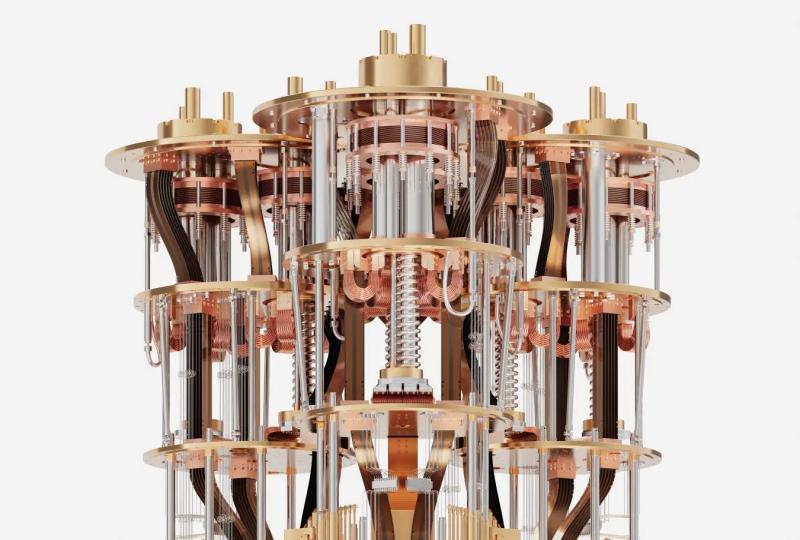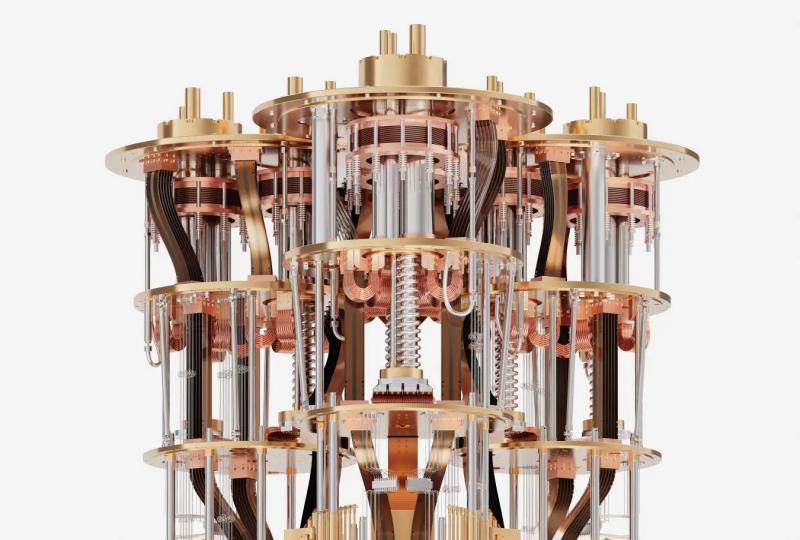Quantum Systems: Unlocking the Future of Information and Technology
2025.08.26 · Blog Quantum Systems
Quantum systems harness the unique principles of quantum mechanics—superposition, entanglement, and coherence—to process, store, and transmit information in ways that surpass classical limitations. As the foundation for quantum computing, communication, and sensing, these systems are rapidly advancing from laboratory prototypes to commercial platforms.
Key Quantum Phenomena Driving Innovation
At the heart of every quantum system lie three core phenomena:
-
Superposition: Enabling quantum bits (qubits) or higher-dimensional units (qudits) to exist in multiple states simultaneously, superposition allows parallel processing of complex computations beyond classical reach.
-
Entanglement: Establishing nonlocal correlations between particles, entanglement forms the backbone of quantum teleportation, distributed quantum computing, and unconditionally secure communication.
-
Coherence: Maintaining fragile quantum states against environmental noise, coherence time determines the depth of operations a quantum device can perform before error rates rise.
For an in-depth exploration of these effects, see the overview of quantum decoherence mechanisms.
Leading Physical Platforms
Quantum systems are realized across several experimental platforms, each offering distinct advantages:
-
Superconducting Circuits
-
Fabricated with Josephson junctions on silicon or sapphire substrates, superconducting qubits deliver fast gate speeds and strong coupling to microwave resonators.
-
Roadmaps from industry leaders detail scaling strategies and error mitigation techniques.
-
-
Trapped Ions
-
Single atomic ions confined by electromagnetic fields achieve exceptionally long coherence times and high-fidelity operations.
-
Protocols for multi-ion entanglement are available in the Ion Trap Quantum Computing Guide.
-
-
Photonic Systems
-
Photons encoded in polarization, time-bin, or orbital angular momentum modes excel at low-loss transmission over fiber and free-space channels.
-
Quantum key distribution (QKD) deployments illustrate robust applications in secure communications.
-
-
Neutral Atoms and Rydberg Arrays
-
Laser-manipulated cold atoms arranged in programmable arrays enable versatile quantum simulation and gate-based computing.
-
Recent results are summarized in the IEEE Rydberg Quantum Systems Workshop.
-
-
Solid-State Spin Defects
-
Point defects such as nitrogen-vacancy centers in diamond operate at room temperature, offering nanoscale sensing of magnetic and electric fields.
-
Best practices for device fabrication are outlined in the Quantum Sensing Handbook.
-
Architectures and Control Methods
Designing and controlling quantum systems involves a multi-layered approach:
-
Gate Implementation: Microwave pulses, laser sequences, and photonic circuits realize quantum logic gates with ever-increasing precision.
-
Error Correction and Mitigation: From surface codes for qubits to bosonic codes in superconducting cavities, robust protocols minimize the impact of decoherence and operational imperfections. Learn more in our surface code tutorial.
-
Networking and Modularity: Modular quantum architectures link discrete processing units via photonic interconnects or microwave buses, paving the way for scalable, distributed quantum computing.
Transformative Applications
Quantum systems are poised to revolutionize diverse fields:
-
Quantum Computing: Tackling classically intractable problems in optimization, cryptography, and materials modeling.
-
Quantum Communication: Enabling provably secure channels through entanglement-based protocols and quantum repeaters.
-
Quantum Sensing: Achieving unprecedented precision in timekeeping, navigation, and field sensing, with impacts on geophysics and medical imaging.
A recent case study on quantum-enhanced metrology demonstrates sub-shot-noise performance in gravitational wave detection at the Optica Publishing Group.
Challenges and Future Outlook
Key hurdles remain before large-scale quantum systems become ubiquitous:
-
Scalability: Integrating thousands of qubits or qudits while maintaining low error rates and manageable control hardware.
-
Error Rates: Driving gate and measurement fidelities beyond 99.9% to enable fault-tolerant operation.
-
Co-Design: Harmonizing hardware capabilities with quantum compiler optimizations and classical control layers.
Ongoing research into topological qubits, hybrid quantum-classical algorithms, and machine-learning-driven calibration promises to overcome these challenges. By fostering open collaboration and leveraging standardized interfaces, the quantum community is charting a clear path toward practical quantum advantage.
Featured Content






